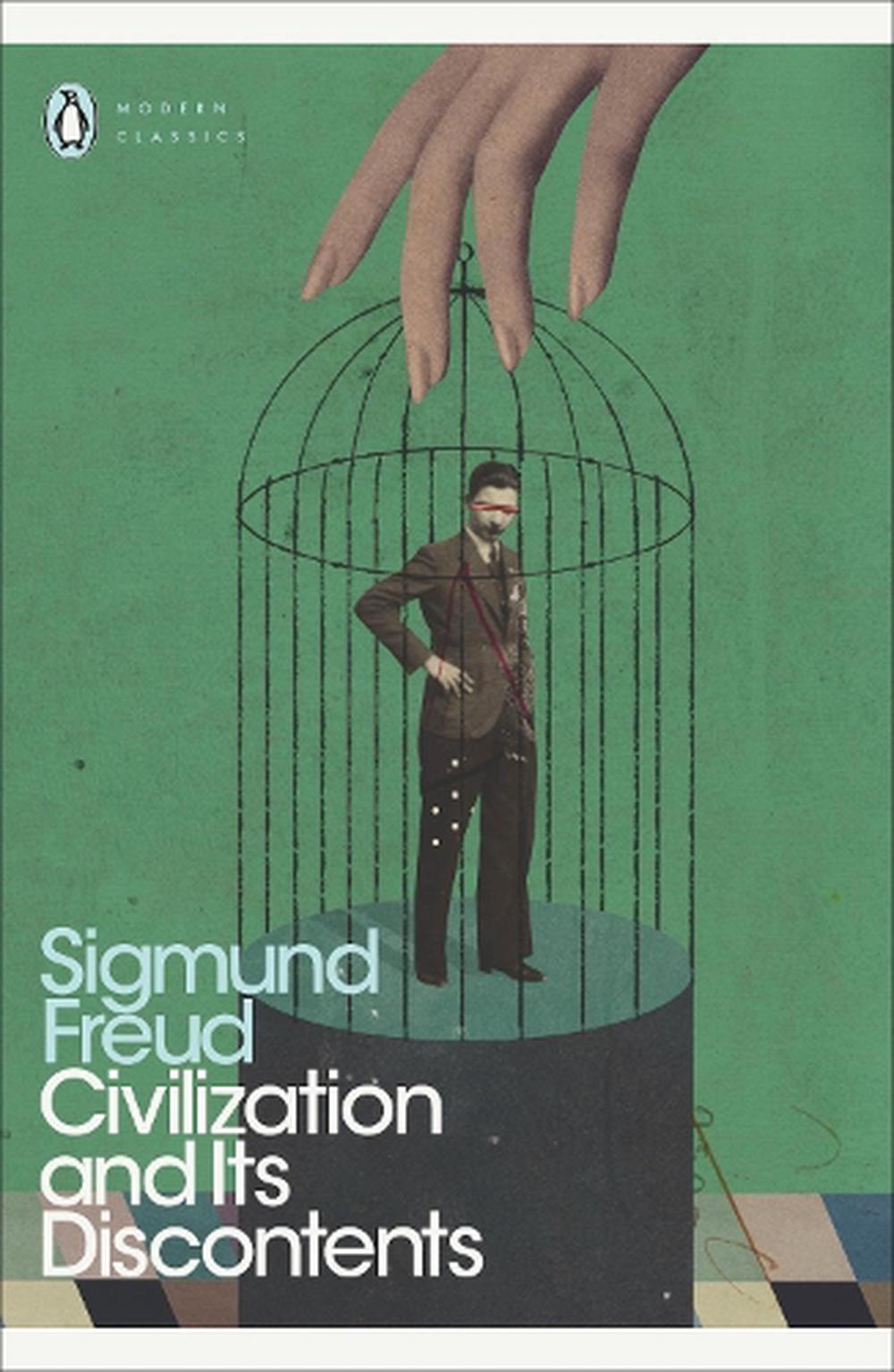

Hysteria was a popular form for this illness: psychological distress became manifest in primarily/exclusively physiological form. Inhuman and unscientific ideas about (the lack of) female sexuality imprisoned many women in lives narrow, infantilised, and intolerable: often leading to psychological illness. 19 th-century Europe was a bad time to be female, especially female upper-class. My acquaintance with Freud, speaking for himself, began in my early 20s with his Studies On Hysteria. If you want to discover the scientist behind the caricature that Freud has become in contemporary culture (becoming a caricature is inevitable for anyone so influential: think Einstein, Shakespeare, Beethoven) – the long essay Civilisation and Its Discontents is a good starting-point. I was wrong – as I’ve discovered since, reading Freud himself. Encountering this reductio ad absurdum of Freud, I, as an undergraduate, dismissed Freud as a proponent of savage, unsavoury, depressing, unfalsifiable theories of human behaviour. We read his theory of the tripartite structure of personality (id-ego-superego) (in Greek, ego / εγώ means simply “I”) we read his emphasis on unconscious sexual and aggressive urges in explaining human behaviour we read his theory of individual development as an account of the individual confronting a series of sexual conflicts. We read of him in a subsection, in the chapter on Human Development, in our textbooks on Introduction to Psychology. Today most of us, including students of psychology, know Freud only at secondhand or thirdhand.


 0 kommentar(er)
0 kommentar(er)
